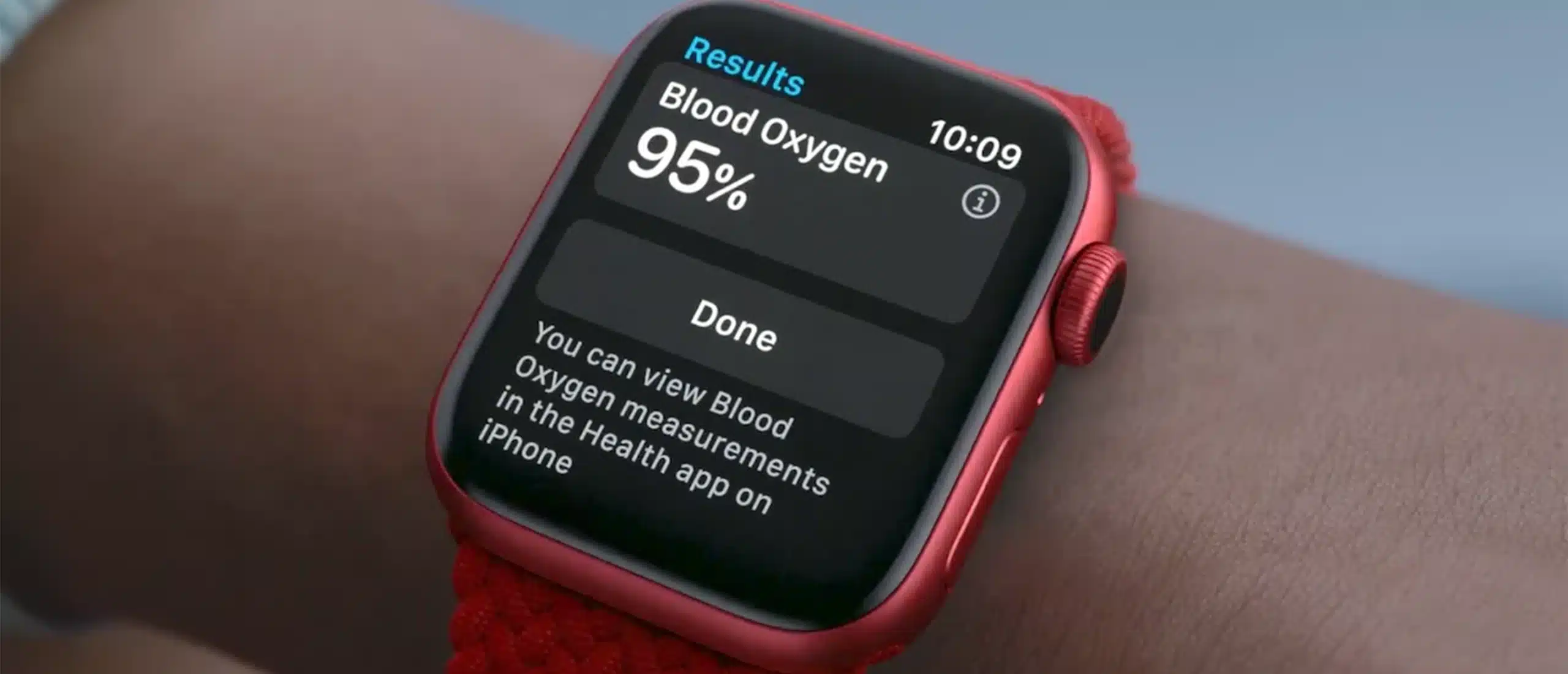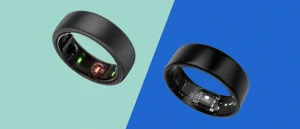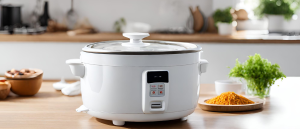How Accurate Is the Apple Watch's Blood Oxygen Reader? Very, Very Accurate
One of the key anxieties that surrounds smart tech health tracking is fairly straightforward—how do you know the thing is actually working? Sure, you see a bunch of numbers on your phone, but how do you know those numbers reflect what’s really going on inside your body?
Well, now we know at least part of the Apple Watch’s health-tracking works. According to a study published in Digital Health, the Apple Watch Series 6 was found to “can reliably detect states of reduced blood oxygen” and that the “technology used in this smartwatch is sufficiently advanced for the indicative measurement of [oxygen saturation] outside the clinic.” Here’s exactly what that means.
How Accurate Is an Apple Watch’s Blood Oxygen Sensor?
According the researchers, the study’s objective was to investigate how well—or not well—a commercially available smartwatch could detect hypoxemia, which is below normal blood oxygen levels, compared to a medical-grade device. So when we the study found the Apple Watch’s blood oxygen tracker accurate, it was in the context of tracking low blood oxygen levels as compared to a tool that might be used by a doctor (something called a Masimo Radical-7, in this case).
How did they test the Apple Watch’s blood oxygen sensor?
The researchers had 24 healthy participants wear an Apple Watch Series 6—which is outfitted with the same blood oxygen reader as the newer Apple Watches—on their left wrist while placing the medical-grade reader on their left middle finger. The participants wore breathers that slightly reduced the oxygen they took in over a few different phases, and the researchers recorded the blood oxygen levels recorded by each device at 30-second intervals.
Apple Watch vs. Pulse Oximeter
The Apple Watch is very close to achieving accuracy levels of a pulse oximeter. The blood oxygen level (which is called SpO2 in the study) bias across all data points was 0 percent. Here’s the rest:
“The bias for SpO2 less than 90% was 1.2%. The differences in individual measurements between the smartwatch and oximeter within 6% SpO2 can be expected for SpO2 readings 90%-100% and up to 8% for SpO2 readings less than 90%.”
Translation: it’s extremely accurate.
More health tracking
Why track blood oxygen levels?
Blood oxygen tracking—more accurately described as blood oxygen saturation—is a measurement of how much oxygen your lungs are infusing your blood with. If that sounds boring or unnecessary, you are not among the target demographics.
First and foremost, an accurate and commercially available oximeter is absolutely massive for people suffering from respiratory issues or illnesses. That is people with sleep apnea, emphysema, COPD or really any health issue related to breathing and blood oxygenation. Being able to reliably and easily check a person’s blood oxygen level is significant for the person suffering with the respiratory issue and their doctor.
The second group are endurance athletes. If you engage in any activity that frequently pushes your breathing capacity—distance running, climbing, etc.—it can be helpful to track your body’s blood oxygenation efficiency. It’s not a necessity, but it can be helpful, or at the very least interesting.
The Bottom Line
It’s more or less impossible for a regular person to know if the health data their smart devices report is reliable. Recently, a study found that the oximeter—blood oxygen reader—inside the Apple Watch is effectively as reliable and accurate as a “standard medical-grade device.”












